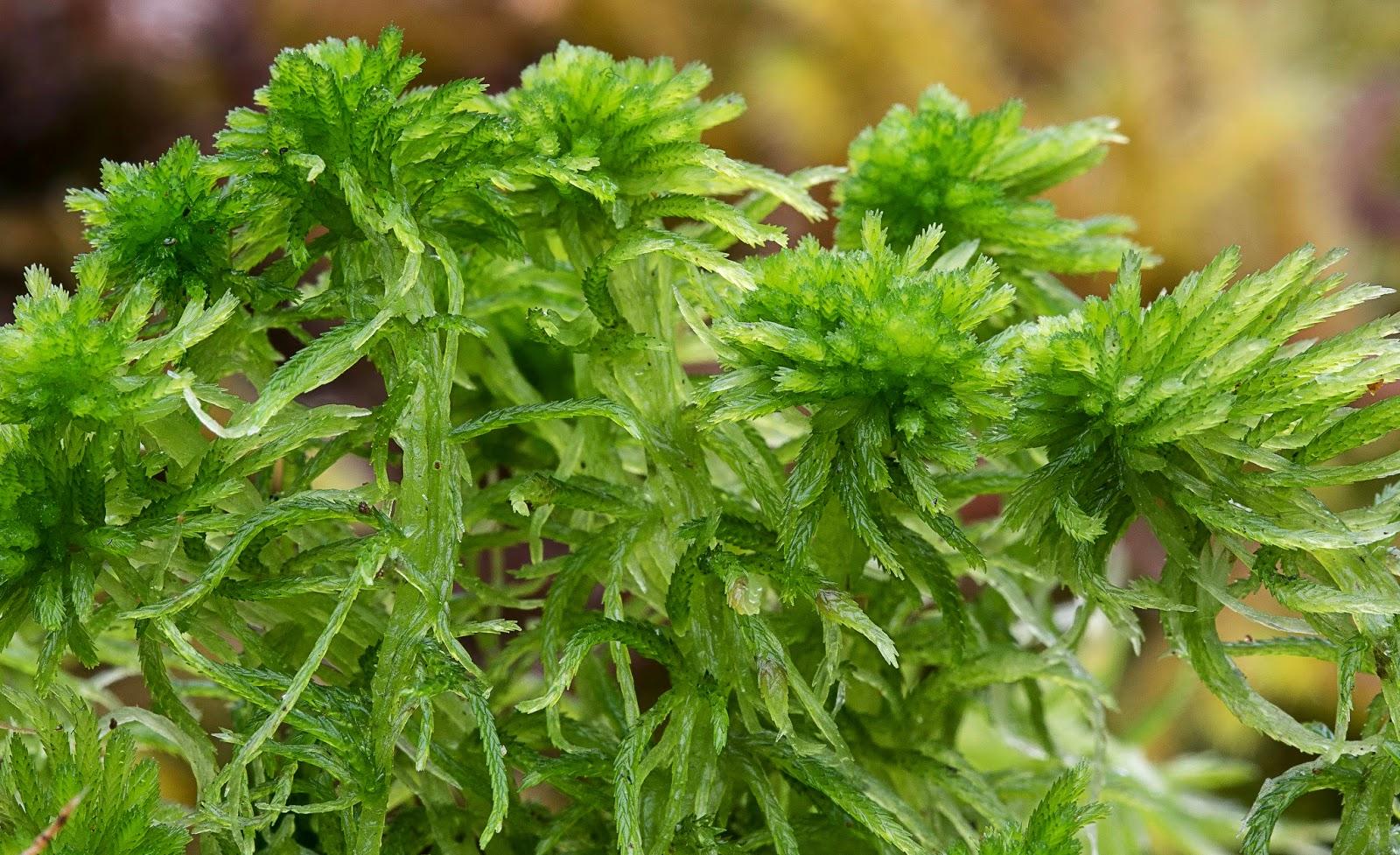
Sphagnum%2Bquinquefarium.jpg from: https://southwalesbryos.blogspot.com/2015/02/sphagnum-quinquefarium-five-ranked-bog.html
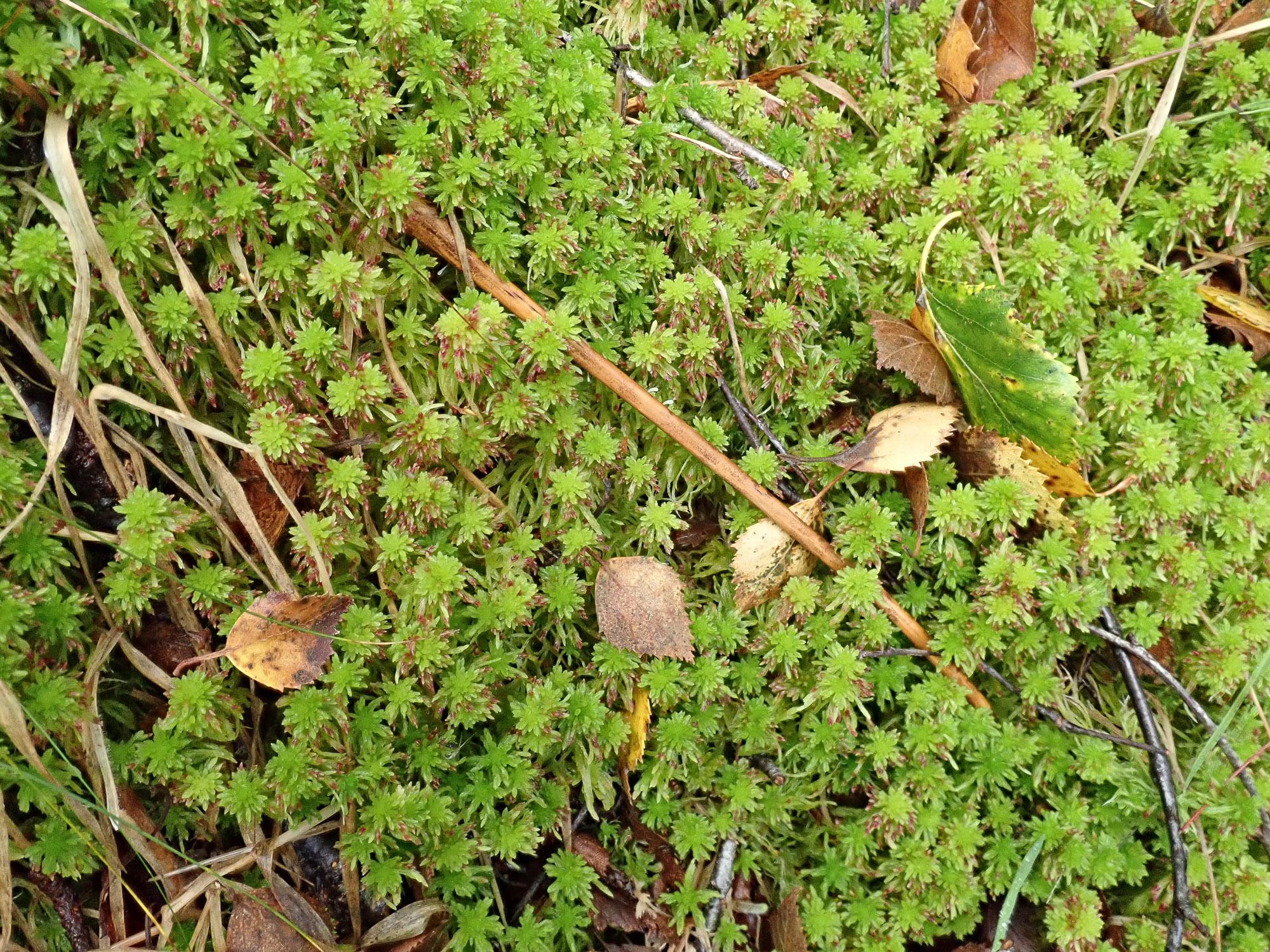
2021-09-14-10-53-54.jpg from: https://www.britishbryologicalsociety.org.uk/learning/species-finder/sphagnum-quinquefarium/
Introduction
Welcome to the fascinating world of Sphagnum quinquefarium (Lindb.) Warnst., a remarkable moss species belonging to the Sphagnaceae family, commonly known as Sphagnum. This unassuming yet extraordinary plant has captured the interest of bryologists and nature enthusiasts alike, offering a unique glimpse into the intricate tapestry of the natural world.
Background
Before delving into the specifics of Sphagnum quinquefarium, it’s essential to understand the broader context of the Bryophyta division, which encompasses mosses, liverworts, and hornworts. These ancient and resilient plants have been around for millions of years, playing crucial roles in various ecosystems worldwide.
Main Content
Morphology and Identification
Sphagnum quinquefarium is a striking moss species characterized by its vibrant green hues and intricate branching patterns. Its stems are typically erect and can reach heights of up to 15 centimeters. The leaves are ovate-lanceolate in shape, with a distinctive spiraled arrangement along the stem. One of the most remarkable features of this moss is its ability to absorb and retain large quantities of water, thanks to its specialized hyaline cells
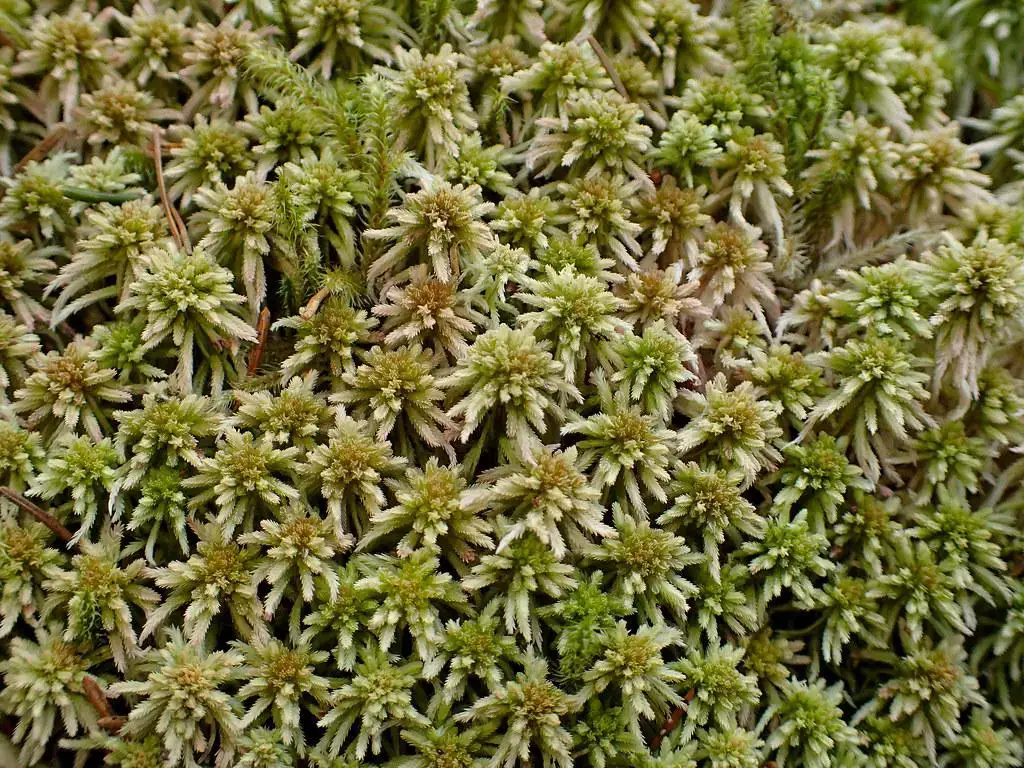
52333141090_10e36f2a26_b.jpg from: https://www.flickr.com/photos/herbier/52333141090/
and capillary spaces.
Global Distribution and Habitat
Sphagnum quinquefarium is widely distributed across various regions of the world, including North America, Europe, and Asia. It thrives in acidic, nutrient-poor environments, such as bogs, fens, and peatlands. These habitats provide the ideal conditions for the moss to flourish, as it requires a consistent supply of moisture and a low pH level.
Ecological Roles and Adaptations
Sphagnum mosses, including Sphagnum quinquefarium, play vital roles in their respective ecosystems. They act as ecosystem engineers, creating and modifying their surroundings through their unique ability to acidify and waterlog their environment. This process facilitates the formation of peatlands, which serve as important carbon sinks, helping to mitigate the effects of climate change.
Moreover, Sphagnum quinquefarium exhibits remarkable adaptations that enable its survival in these harsh environments. Its dense and compact
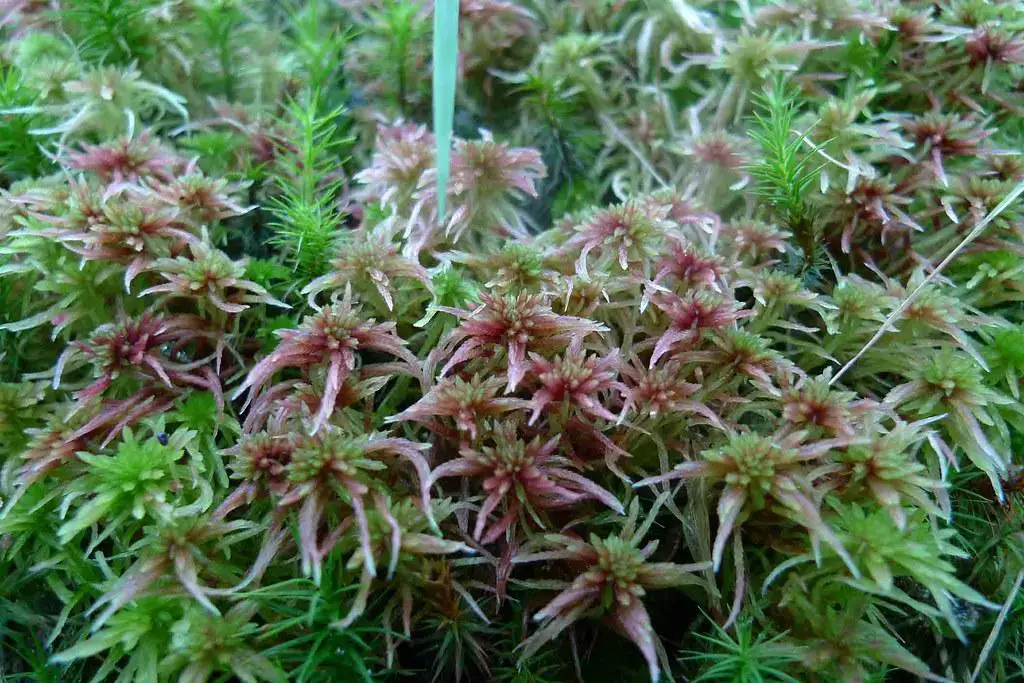
6182475330_e9176e6c33_b.jpg from: https://www.flickr.com/photos/12639178@N07/6182475330/
growth form helps to retain moisture, while its specialized cells and capillary spaces facilitate efficient water transport and storage.
Case Studies/Examples
One notable example of the ecological significance of Sphagnum quinquefarium can be found in the Mer Bleue Bog located in Ottawa, Canada. This unique ecosystem is home to a diverse array of plant and animal species, with Sphagnum quinquefarium playing a crucial role in maintaining the delicate balance of the bog’s hydrology and acidity levels.
Technical Table
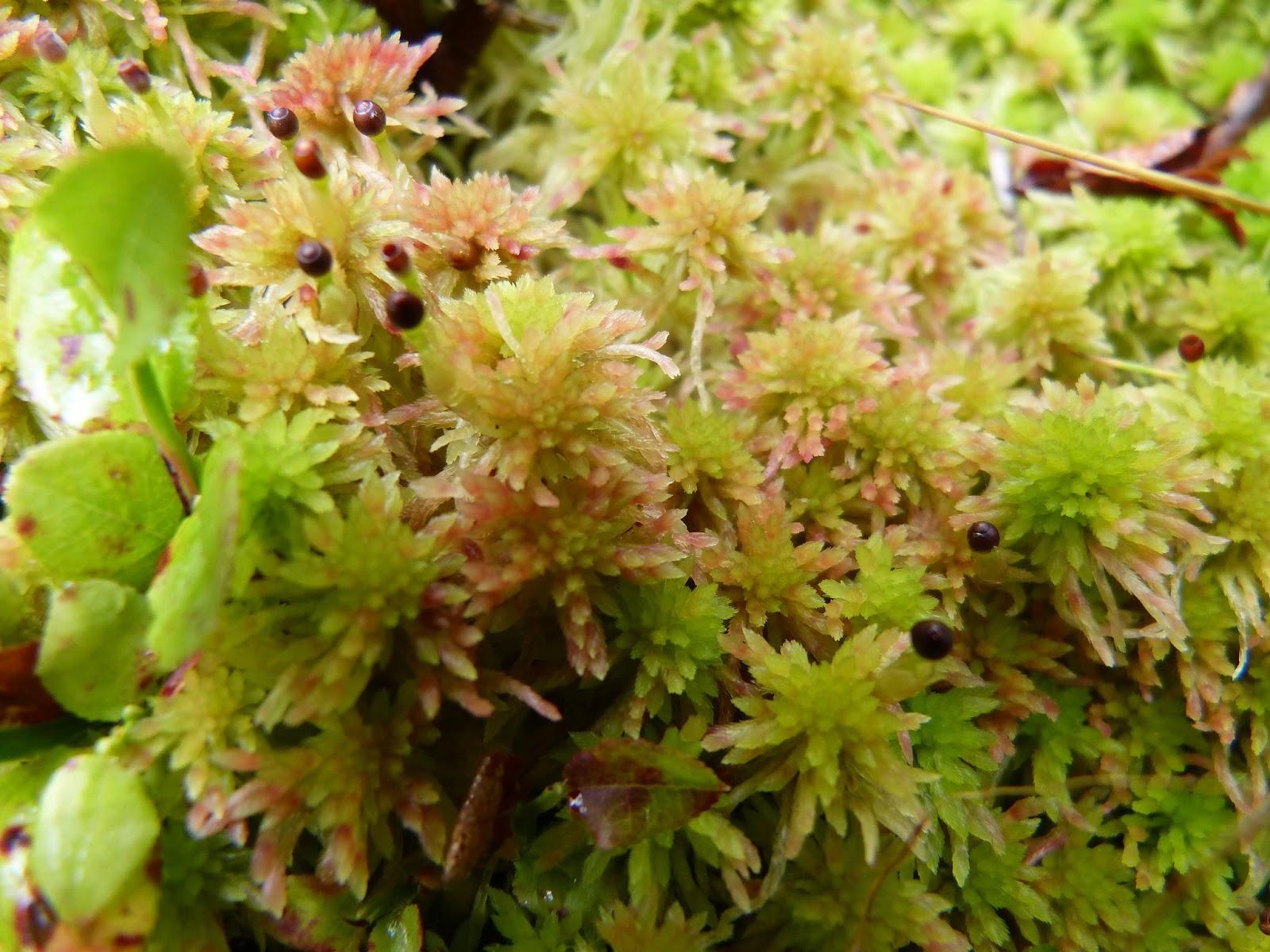
P1170489.JPG from: https://southwalesbryos.blogspot.com/2017/08/sphagnum-quinquefarium-in-black.html
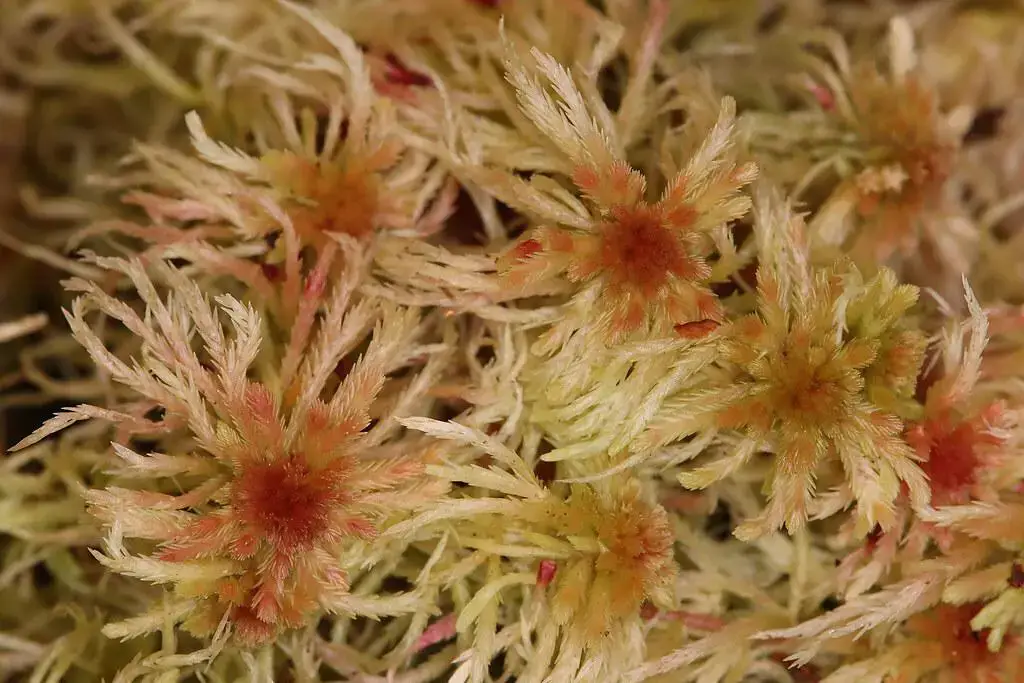
51812223298_dccbc84efe_b.jpg from: https://www.flickr.com/photos/moonmoths/51812223298/
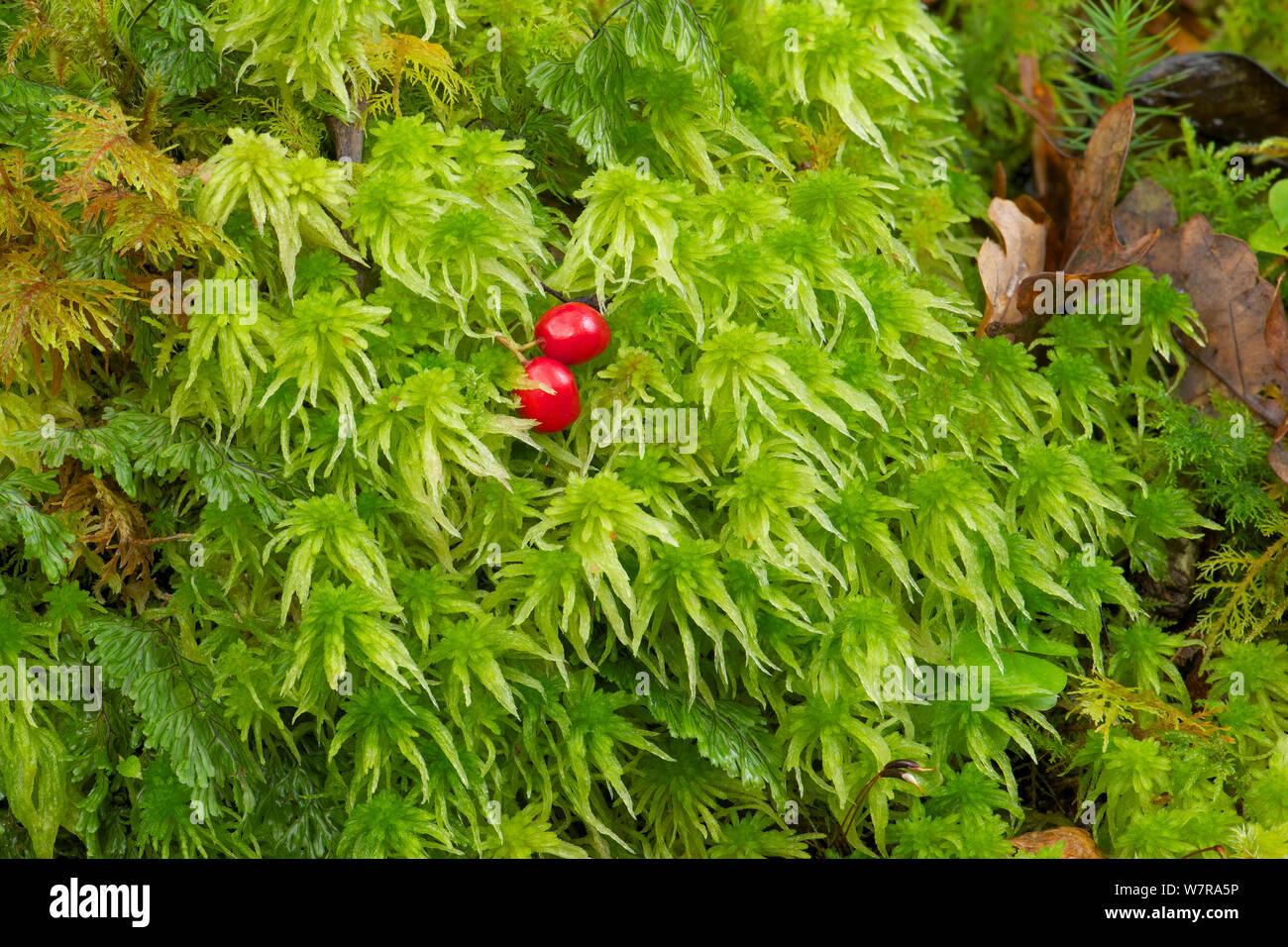
sphagnum-moss-sphagnum-quinquefarium-tomies-wood-killarney-national-park-county-kerry-ireland-november-W7RA5P.jpg from: https://www.alamy.com/sphagnum-moss-sphagnum-quinquefarium-tomies-wood-killarney-national-park-county-kerry-ireland-november-image262971010.html
| Characteristic | Description |
|---|---|
| Scientific Name | Sphagnum quinquefarium (Lindb.) Warnst. |
| Family | Sphagnaceae |
| Division | Bryophyta
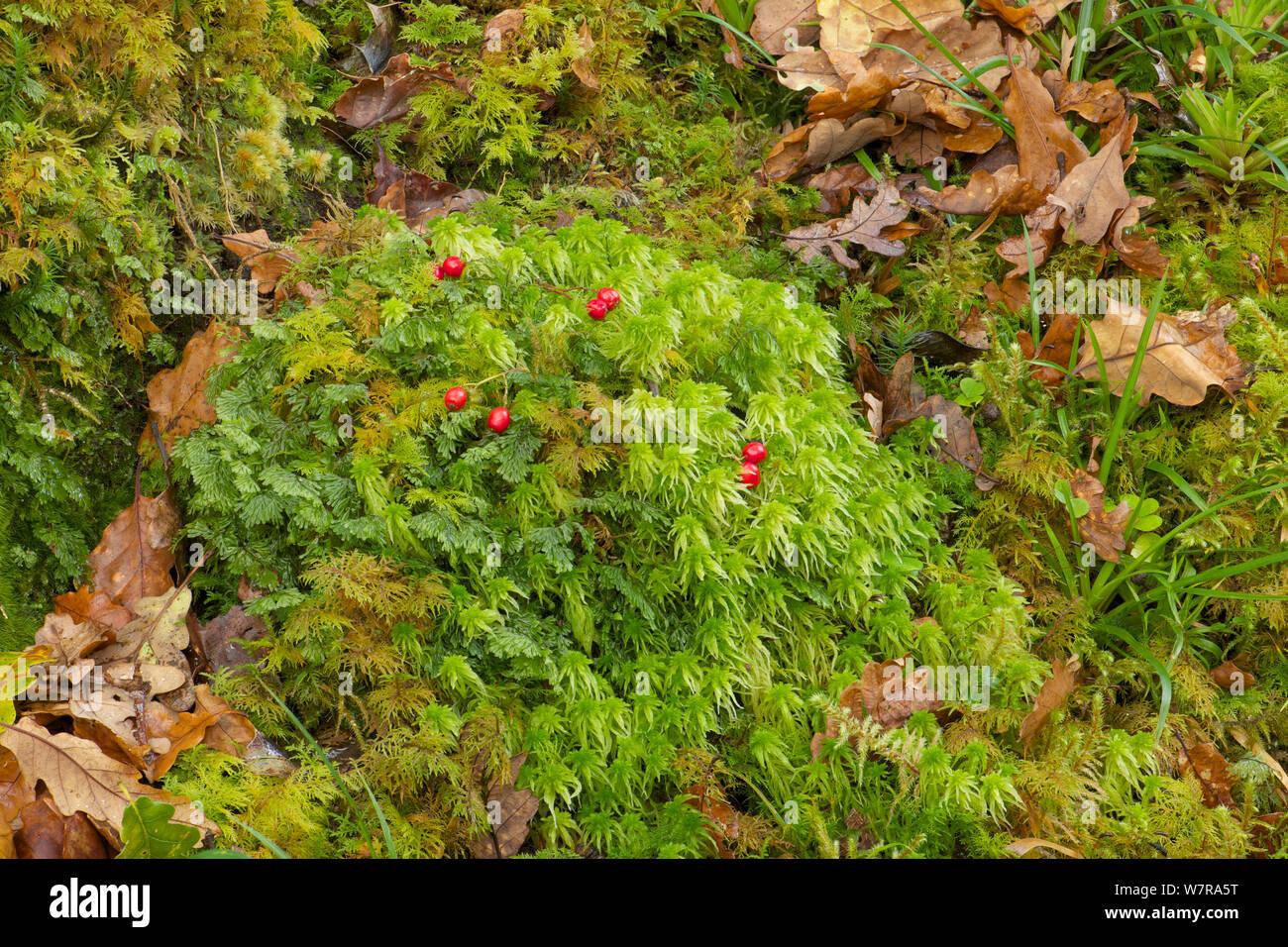 sphagnum-moss-sphagnum-quinquefarium-tomies-wood-killarney-national-park-county-kerry-ireland-november-W7RA5T.jpg from: https://www.alamy.com/sphagnum-moss-sphagnum-quinquefarium-tomies-wood-killarney-national-park-county-kerry-ireland-november-image262971012.html |
| Class | Sphagnopsida |
| Growth Form | Erect, branched |
| Height | Up to 15 cm |
| Leaf Shape | Ovate-lanceolate |
| Habitat | Bogs, fens, peatlands |
| Distribution | North America, Europe, Asia |
Conclusion
Sphagnum quinquefarium is a remarkable moss species that exemplifies the intricate beauty and ecological significance of the
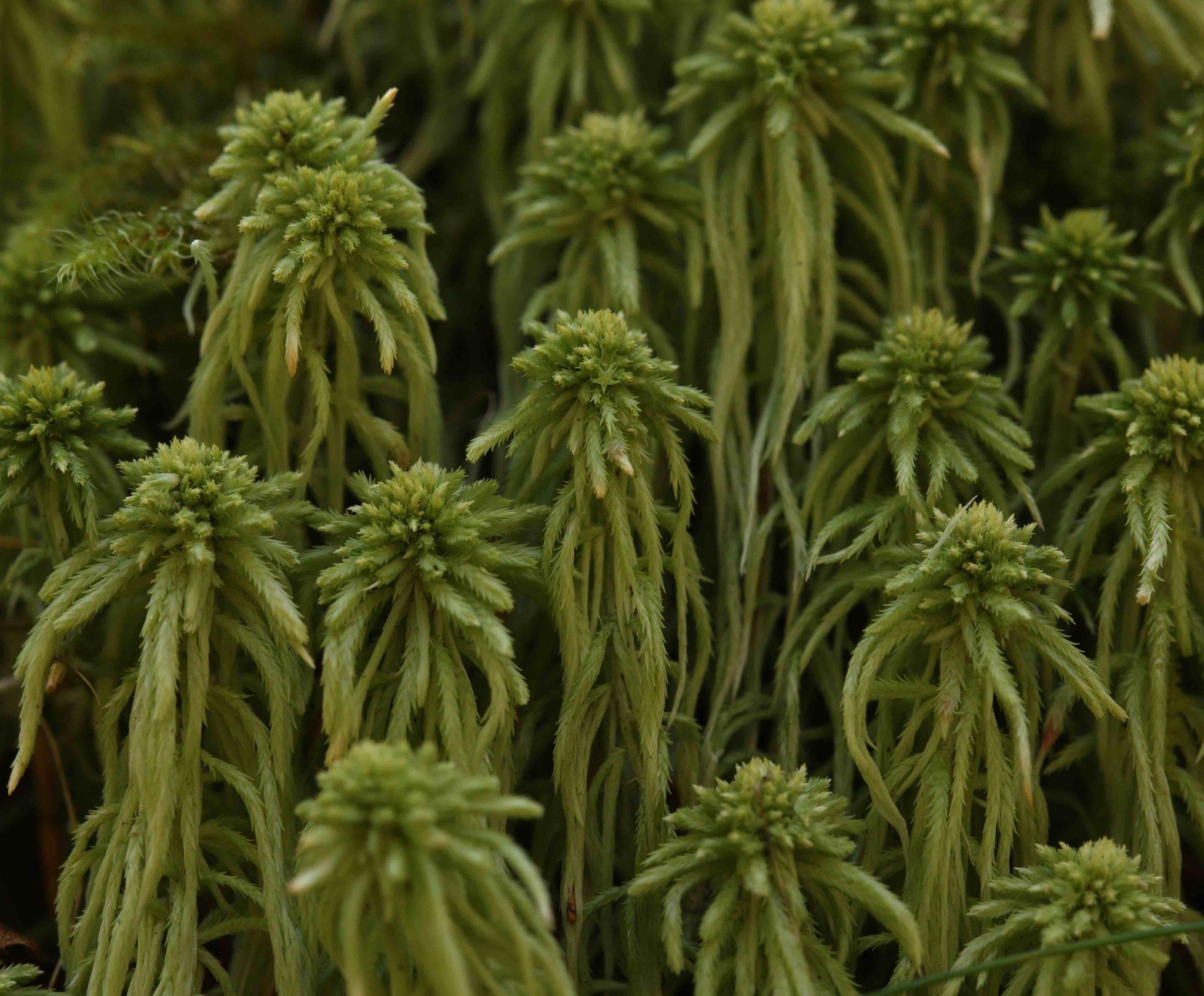
IMG_4267-Sphagnum-moss-S.-quinquefarium-Culag-Woods-4-5-20-2048×1695.jpg from: https://www.assyntwildlife.org.uk/2020/06/culag-woods-and-a-moss/img_4267-sphagnum-moss-s-quinquefarium-culag-woods-4-5-20/
Sphagnaceae family. Its unique morphology, adaptations, and ecological roles make it a fascinating subject of study for bryologists and nature enthusiasts alike. As we continue to explore and appreciate the wonders of the natural world, let us ponder this thought-provoking question: How can we better protect and preserve these delicate ecosystems, ensuring the survival of species like
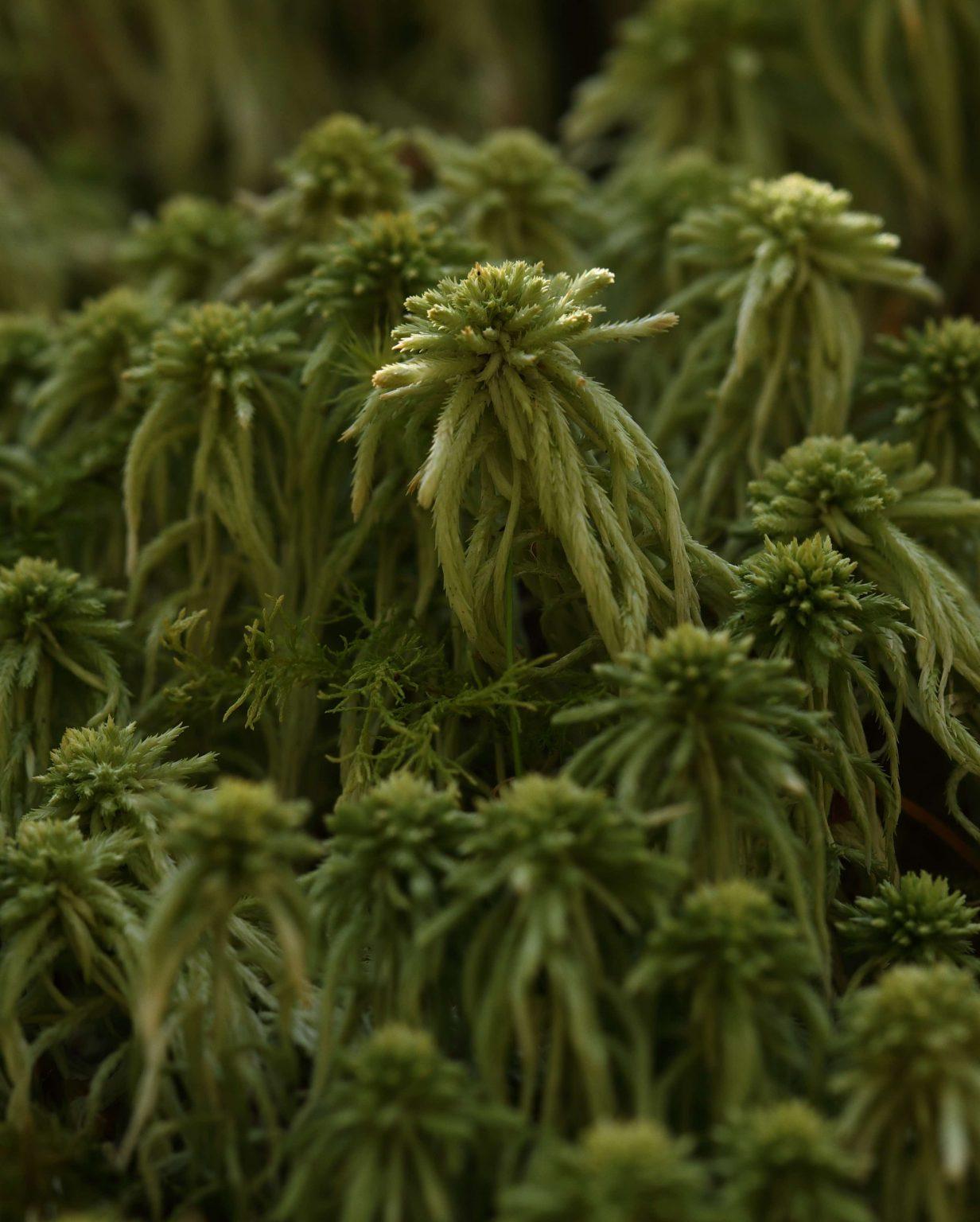
IMG_4270-Sphagnum-moss-S.-quinquefarium-Culag-Woods-4-5-20-1232×1536.jpg from: https://www.assyntwildlife.org.uk/2020/06/culag-woods-and-a-moss/img_4270-sphagnum-moss-s-quinquefarium-culag-woods-4-5-20/
Sphagnum quinquefarium for generations to come?